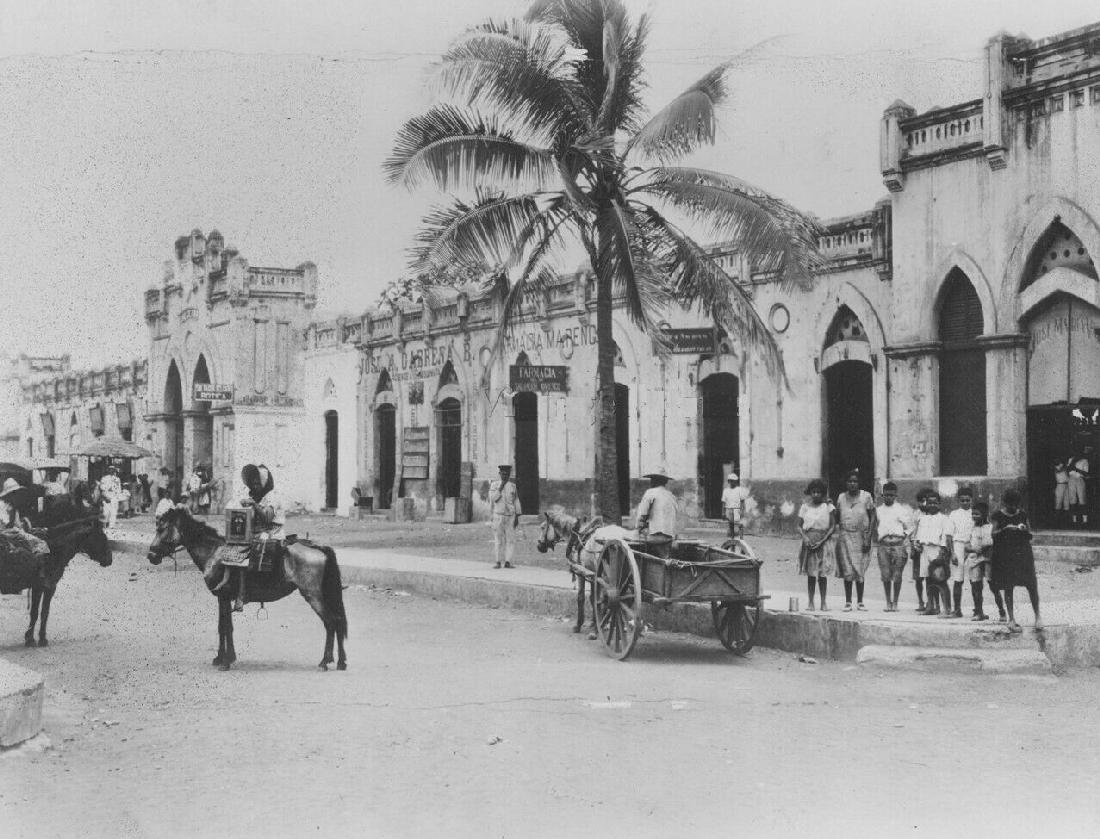
Figure 1.--Here we see a Nicaraguan street scene in 1931 accirding to a notation on the back. It was probably Managuam but here we are only guessing. The buldings here probably face a central plaza. |

|
Nicragua is located in the heart of Central America, Cosata Rica is to the south and El Salavador, Gutemala, and Hondurras to the north. It has a beauriful well-watered countrysdide and has beeb valled 'The Land of Lakes and Volcanoes'. The lakes and rivers wouold support another cananl across the Cenhtral American istmus. There are both Caribbean and Pavific ocean beaches. There are three regions which despite the small arrea have varied weather, geography, and population. There is a Pacific, Central, and Caribbean Region, The Caribbean Region consistrs of two sub-regions: the North Caribbean Coast Autonomous Region (RACCN), and the South Caribbean Coast Autonomous Region (RACCS). Nicaragua was the southern limit of the Maya cuklture and this thrre os no historical record intil the arrival of the Europeans. Thearea was omhabitd by less sophisticated Native American tribes. Spanush Conquistadores were followed by settlers, first along the Pacific coast.
Nicaragua eas part of the Span ish colonia empire which likev mostb of the rest of the rergion has been the primary cultural influence The Pacific coast of Nicaragua was settled as a Spanish colony from Panama in the early 16th century. Settlers achieved independence from Spain (1821). The Spanish colonial culture andcecomomy, however,m was little changed. Britain with its powerful Royal Navy occupied the Caribbean Coast (first half of the 19th century). It eventually ceded control of the region, but uich of the black population was introduced here by the British.
The economy is almost entirely agricultural. The population is centered in the western half of the country, with much of the urban growth centered in the capital city of Managua, There are large population clusters in coastal areas. The political culture and economy in the 20th century have been truncated by the Somoza dictatorship (1936-1979) and then the Sandinista Marrxist Revolution (1979- ) and Communist revolutionary ideology. We have little information on Nicaragua, but we have begun a school uniform page.
Navigate the Boys' Historical Clothing Web Site:
[Introduction]
[Activities]
[Biographies]
[Chronology]
[Cloth and textiles]
[Clothing styles]
[Countries]
[Topics]
[Bibliographies]
[Contributions]
[FAQs]
[Glossaries]
[Images]
[Images]
[Links]
[Registration]
[Tools]
[Boys' Clothing Home]
Navigate the Boys' Historical Clothing Web Site:
[Return to the Main Central American country page]
[Return to the Main Latin American country page]
Return to the [Main country page]
[Belize]
[Costa Rica]
[Gualemala]
[Hondurs]
[Mexico]
[]
[Panama]
[(El) Salvador]
